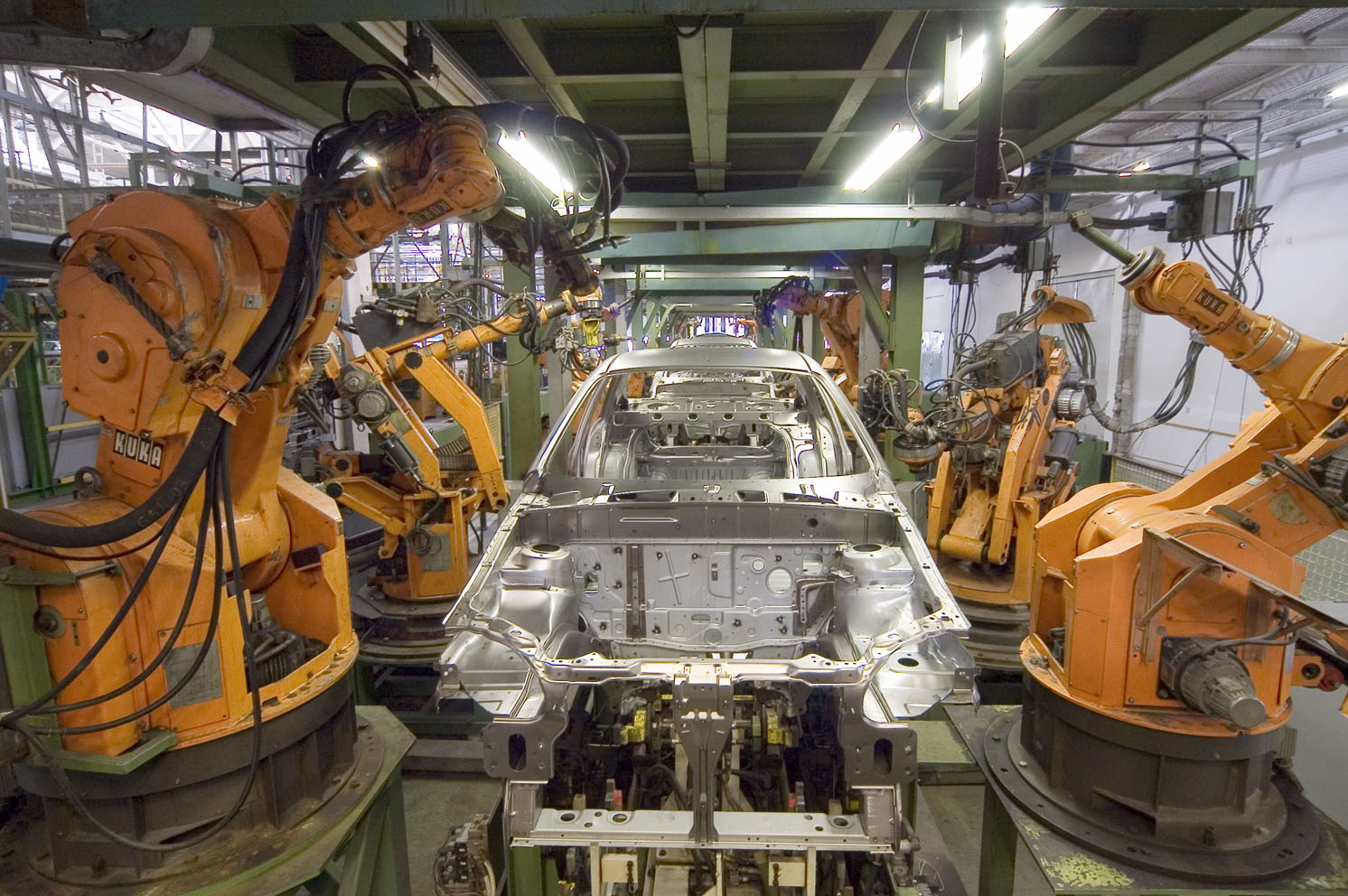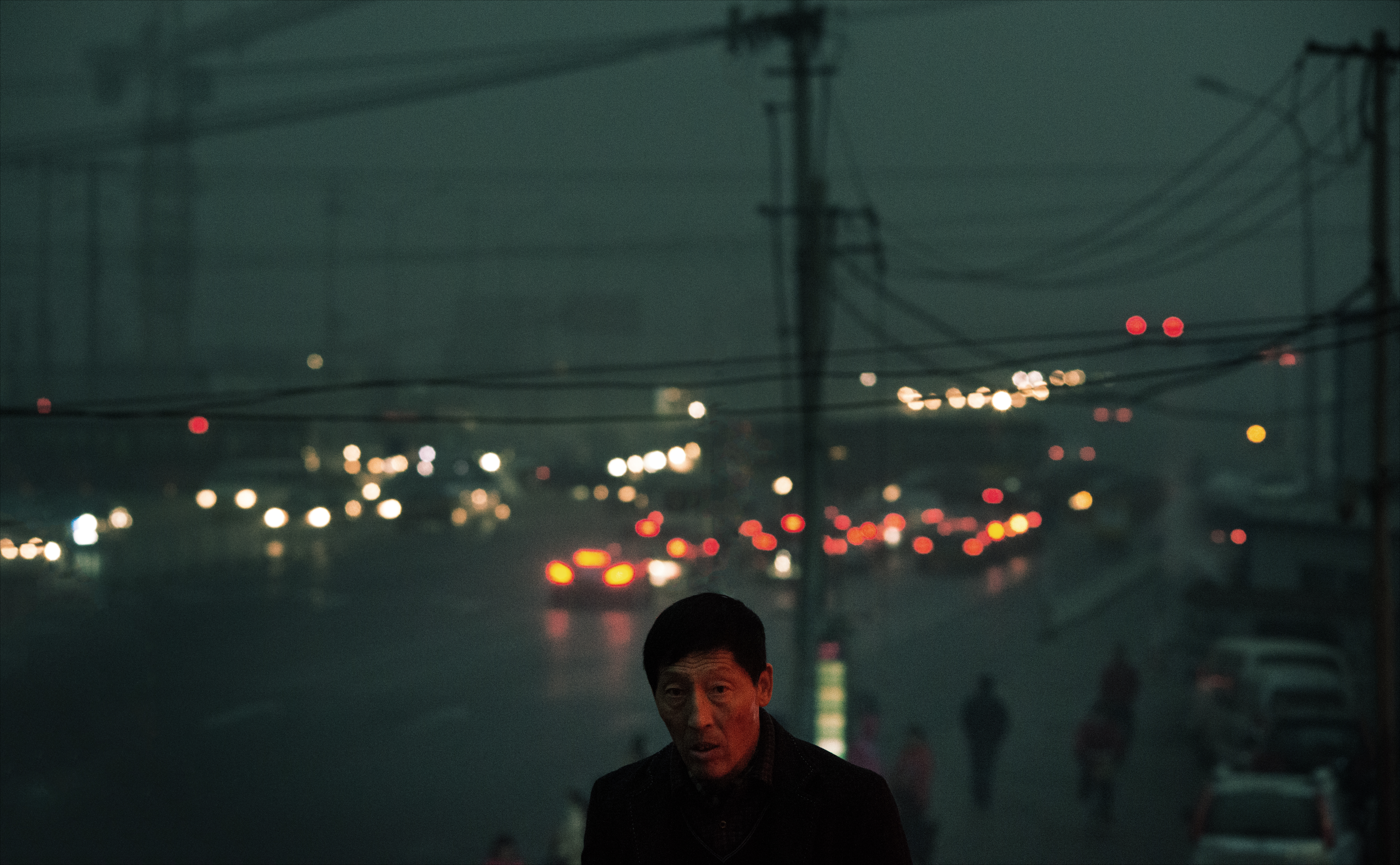Adidas, the German sportswear and equipment giant, has announced it will start marketing its first series of shoes manufactured by robots in Germany in 2017. Much like other manufacturers in the Western world, Adidas moved its production to Asia more than 20 years ago to take advantage of cheap labor. Now, a high-tech factory of the future called “Speedfactory” will return to Ansbach, Southern Germany, but this time it will employ zero human labor.
Adidas’ major production upgrade is hardly novel, nor is it an isolated case. Automation has been gradually replacing human labor in jobs that involve dangerous, hazardous, or simple and repetitive activities. The process of mechanization, however, does not end there. Not only are simplistic manual labor jobs being replaced, but work involving management, strategic thinking and even human creativity can now be performed by non-organic entities.
We are now at the commencement of a new technological revolution. In terms of scale, scope and complexity, it will touch the lives of people around the globe. The fourth industrial revolution will radically alter the way we live, work, and relate to one another.
This prophetic statement may sound familiar, maybe even cliché. The first industrial revolution, which occurred in the beginning of the 19th century, used water and steam power to mechanize production. The second, a phase of rapid industrialization in the final third of the 19th century and the beginning of the 20th, used electric power to create mass production. The third, starting from circa 1950, used electronics and information technology to automate production. In all of these industrial revolutions, productivity was boosted immensely, which led to higher incomes and quality of life for millions of people. But historically, industrial revolutions also entail enlarged inequality, followed by fundamental social polarization. The first industrial revolution actually led to a huge stratification of wealth and power.
As proposed by the Dutch economist Jan Tinbergen, one explanation for such inequality is that it is a competition between education and vocational training on the one hand, and skill-biased technological progress on the other, which favors high-skilled workers. In other words, while certain people get to enjoy a “skill premium,” a significant portion of workers are not able to make up for the skill. Social unrest is an expected consequence as these workers become marginalized.
Tinbergen’s original formulation is rather sanguine. In his view, new jobs will be created in place of old ones, and such a competition is easily won with education. As high-skilled workers become more pervasive, they eventually dilute the impact of technological change. This, accompanied by other institutional endeavors, such as trade unions, progressive taxation or the development of social safety nets, are helpful remedies in such times of transition.
Yet there are signs that the transformations taking place today are not merely a perpetuation of the third industrial revolution’s mechanization of low-skilled labor. Current developments, in terms of velocity, scope, and systems impact, have no historical precedent. Emerging technological breakthroughs in fields such as artificial intelligence (AI), the Internet of Things, autonomous vehicles and 3D printing presage the transformation of not just production, but management, and governance.
It has already become hard to fathom such changes. Professors Frank Levy and Richard Murnane published a book in 2004 that used market research to predict which professions would most likely be replaced by automation. The book, titled The New Division of Labor: How Computers Are Creating the Next Job Market, said that truck driving was an example of a job that would not be automated soon. Their results are already outdated just a decade later. Google and Tesla, with their autonomous cars, are already realizing what once was pure imagination.
The rise of AI is perhaps the most intimidating disruptor to the human labor market. The division of labor and professionalization of jobs achieved in the last few decades have made work done by human brains easier to be replicated by algorithms. While it would be difficult to mimic, say, the craft of a traditional Japanese swordsmith with just a set of codes, AI could potentially imitate a taxi driver whose work is of a much narrower scope.
And AI is getting smarter too. Recently, a team of researchers at Google Brain — an AI research group — has created an AI system that can design its own machine-learning software. Interestingly, in tests, the software designed by the AI system surpassed the benchmark of the software designed by humans. Most people do not expect that AI will take over such a high-skilled job as software development anytime soon, but it is already in the works.
In a world where AI has replaced managers, doctors, and drivers, what will people do? In 2013, researchers Carl Benedikt Frey and Michael Osborne, in “The Future of Employment,” once again looked at the probabilities of different professions being displaced. There are indeed some safe jobs, such as archaeologists, whose displacement likelihood by 2033 is only 0.7%, as compared to cashiers or chefs at 97% and 96% respectively. These percentages may imply that machines still seemingly have a hard time replacing human in jobs that involve abstract thinking, creativity, or cognition of sophisticated patterns. Another reason that certain jobs may not face displacement soon, is that they may not be lucrative enough to induce governments or corporation to make the investment.
Overall, this kind of researches is mainly a conjecture built upon today job market’s data. The question is, should we so quickly accept Tinbergen’s projection that humans will take positions at new jobs for which education or reeducation will prepare us?
Certainly, new professions will emerge. By 2035 or 2040, we will probably see more job postings for virtual reality game developers or AI designers. However, because the create-and-discard pace is so fast, 30-year-old cashiers today will probably have to transform themselves to adapt to such jobs, which will be extremely difficult, if not unlikely. Worse, in a decade, new kinds of jobs might also quickly become obsolete. Educators today are already struggling to predict what the job market might be ten years from now. Even if they are right, their students might already be lagging behind the moment they enter the market.
This is where Tinbergen’s formulation to cure inequality is dealt a twist. At this rate, education will likely be unable to keep up and fill the skill gap engendered from technological progress. In such a scenario, the most practical expectation is to create new jobs that accommodate the pace of progress. And even then, there is no guarantee that machines will not eventually outperform human in those jobs as well. The problem is creating not just new jobs, but jobs where it makes economic sense to hire people instead of using non-human algorithms. Certain people, if not most, may not just be unemployed, they might become unemployable.
What this means is that education and training will no longer be able to dilute the skill gap as Tinbergen promotes. Without such a rein, inequality will be widened as a group of elites hold in their hands the most advanced technologies. There will be no helping the emergence of the jobless class.
How bad is this prospect?
From an economic point of view, the future does not seem entirely dystopian. Productivity will certainly grow to an unprecedented level, and “joblessness” could mean human liberation from labor and higher average living condition. However, as inequality is here to stay, the problem will be primarily social and political. Inequality is a tricky matter, as income inequality can trickle over to inequality of education, opportunity, health, and social status. A system with such fragmentation can hardly be politically stable.
The “losers” in this system may find a way to organize themselves politically, and force policies that could drive down inequality. However, whether these developments will play out peacefully, like the introduction of more taxes and welfare, or result in hostile clash of classes, is anyone’s guess.
- Are We Seeing the North Korean Nuclear Crisis Coming to an End? - May 23, 2018
- Reading Trump’s Whimsical Stance on TPP - April 23, 2018
- China Scraps Presidential Term Limit: Implications for the World - March 25, 2018







1 Comment
"Why do men scream so loud?" The disruptive power of Artificial Intelligence - Novasia
6 years ago[…] possible that Artificial Intelligence may erode the socio-economic foundations of our civilization, rendering tens of millions of people economically irrelevant. Of course, the opposite is certainly possible – perhaps GPT 2 and other such innovations […]
Comments are closed.